فلوئنت (Fluent) یک نرمافزار مهندسی به کمک رایانه (CAE) در زمینه دینامیک سیالات محاسباتی (CFD) برای مدل کردن جریان سیال و انتقال حرارت در هندسههای پیچیده میباشد. این نرمافزار امکان تغییر شبکه، به صورت کامل و تحلیل جریان با شبکههای غیرساختیافته برای هندسههای پیچیده را فراهم میسازد. نوع مشهای قابل تولید و دریافت توسط این گروه نرمافزاری شامل شبکههایی با المانهای مثلثی و چهارضلعی (برای هندسههای دوبعدی) و چهاروجهی، شش وجهی، هرمی یا گوهای (برای هندسههای سهبعدی) میباشد...
محصولات مرتبط
فلوئنت (Fluent) یک نرمافزار مهندسی به کمک رایانه (CAE) در زمینه دینامیک سیالات محاسباتی (CFD) برای مدل کردن جریان سیال و انتقال حرارت در هندسههای پیچیده میباشد. این نرمافزار امکان تغییر شبکه، به صورت کامل و تحلیل جریان با شبکههای غیرساختیافته برای هندسههای پیچیده را فراهم میسازد. نوع مشهای قابل تولید و دریافت توسط این گروه نرمافزاری شامل شبکههایی با المانهای مثلثی و چهارضلعی (برای هندسههای دوبعدی) و چهاروجهی، شش وجهی، هرمی یا گوهای (برای هندسههای سهبعدی) میباشد. همچنین فلوئنت به کاربر اجازهٔ بهبود شبکه (مثلا ریز کردن یا درشت کردن شبکه در مرزها و مکانهای لازم در هندسه) را میدهد. برای استفاده از این نرم افزار، ابتدا باید توسط یک نرم افزار کمکی مانند Gambit یا Mechanical Desktop هندسه جریان را مشخص کنید و عمل مش بندی را انجام دهید.
به عبارت ساده تر، شما برای استفاده بهینه از نرم افزار فلوئنت، باید هر سه نرم افزار نام برده را نصب کنید. نرم افزار Gambit یک نرم افزار طراحی (CAD) می باشد که ورودی نرم افزار فلوئنت (Fluent) را با فرمت msh آماده می سازد. جهت استفاده از این نرم افزار نیاز به نرم افزار Exceed می باشد. Exceed نرم افزاری مدیریتی است که با اکسپلورر ویندوز تلفیق و امکان دسترسی ساده و سریع به پروفایل ها، پوشهها و اسناد نرم افزارهای Fluent و Gambit را میدهد.
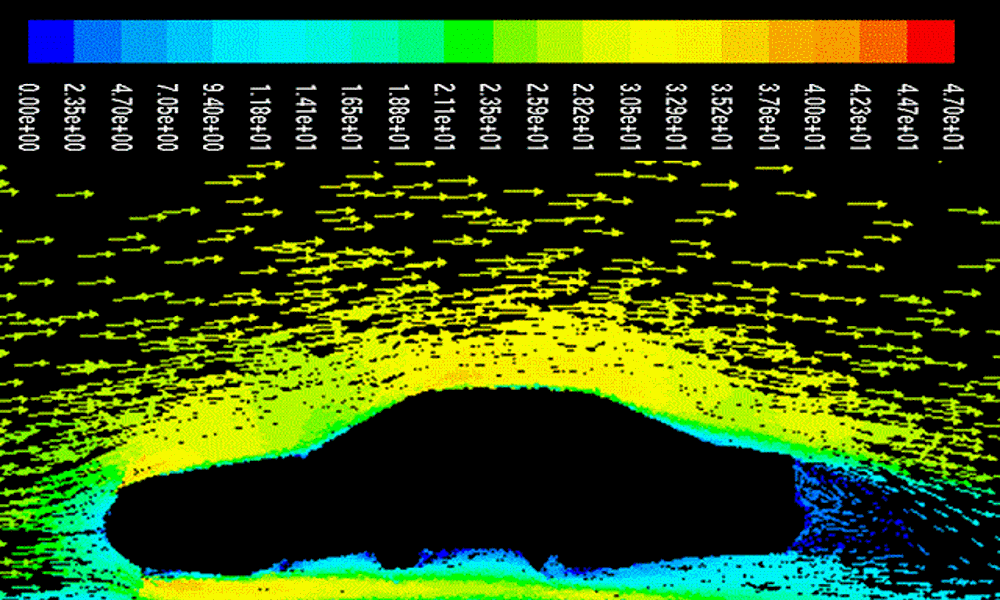
آموزش مدل سازی جریان سیال و انتقال حرارت در هندسههای پیچیده با FLUENT مشتمل بر 31 فصل، 2502 صفحه، به زبان انگلیسی روان، تایپ شده، به همراه کلی تصاویر رنگی، با فرمت PDF، به ترتیب زیر گردآوری شده است:
Chapter 1: Starting and Executing FLUENT
- Starting FLUENT
- Executing FLUENT Remotely
- Running FLUENT in Batch Mode
- Check pointing a FLUENT Simulation
- Cleaning Up Processes From a FLUENT Simulation
- Exiting the Program
Chapter 2: Graphical User Interface - GUI
- GUI Components
- Customizing the Graphical User Interface (UNIX Systems Only)
- Using the GUI Help System
Chapter 3: Text User Interface - TUI
- Text Menu System
- Text Prompt System
- Interrupts
- System Commands
- Text Menu Input from Character Strings
- Using the Text Interface Help System
Chapter 4: Reading and Writing Files
- Shortcuts for Reading and Writing Files
- Reading Mesh Files
- Reading and Writing Case and Data Files
- Reading FLUENT/UNS and RAMPANT Case and Data Files
- Reading and Writing Prole Files
- Reading and Writing Boundary Conditions
- Writing a Boundary Grid
- Reading Scheme Source Files
- Creating and Reading Journal Files
- Creating Transcript Files
- Importing Files
- Exporting Files
- Grid-to-Grid Solution Interpolation
- Saving Hardcopy Files
- Saving the Panel Layout
- The .fluent File
Chapter 5: Unit Systems
- Restrictions on Units
- Units in Grid Files
- Built-In Unit Systems in FLUENT
- Customizing Units
Chapter 6: Reading and Manipulating Grids
- Grid Topologies
- Grid Requirements and Considerations
- Grid Import
- Non-Conformal Grids
- Checking the Grid
- Reporting Grid Statistics
- Converting the Grid to a Polyhedral Mesh
- Modifying the Grid
Chapter 7: Boundary Conditions
- Overview of Dening Boundary Conditions
- Flow Inlet and Exit Boundary Conditions
- Pressure Inlet Boundary Conditions
- Velocity Inlet Boundary Conditions
- Mass Flow Inlet Boundary Conditions
- Inlet Vent Boundary Conditions
- Intake Fan Boundary Conditions
- Pressure Outlet Boundary Conditions
- Pressure Far-Field Boundary Conditions
Out flow Boundary Conditions - Outlet Vent Boundary Conditions
- Exhaust Fan Boundary Conditions
- Wall Boundary Conditions
- Symmetry Boundary Conditions
- Periodic Boundary Conditions
- Axis Boundary Conditions
- Fluid Conditions
- Solid Conditions
- Porous Media Conditions
- Fan Boundary Conditions
- Radiator Boundary Conditions
- Porous Jump Boundary Conditions
- Non-Reflecting Boundary Conditions
- User - Defined Fan Model
- Heat Exchanger Models
- Boundary Profiles
- Fixing the Values of Variables
- Defining Mass, Momentum, Energy, and Other Sources
- Coupling Boundary Conditions with GT-Power
- Coupling Boundary Conditions with WAVE
Chapter 8: Physical Properties
- Defining Materials
- Defining Properties Using Temperature-Dependent Functions
- Density
- Viscosity
- Thermal Conductivity
- User-Defined Scalar (UDS) Diffusivity
- Specific Heat Capacity
- Radiation Properties
- Mass Diffusion Coefficients
- Standard State Enthalpies
- Standard State Entropies
- Molecular Heat Transfer Coefficient
- Kinetic Theory Parameters
- Operating Pressure
- Reference Pressure Location
- Real Gas Models
Chapter 9: Modeling Basic Fluid Flow
- Overview of Physical Models in FLUENT
- Continuity and Momentum Equations
- User-Dened Scalar (UDS) Transport Equations
- Periodic Flows
- Swirling and Rotating Flows
- Compressible Flows
- Inviscid Flows
Chapter 10: Modeling Flows with Rotating Reference Frames
- Introduction
- Flow in a Rotating Reference Frame
- Flow in Multiple Rotating Reference Frames
- Grid Setup for a Single Rotating Reference Frame
- Grid Setup for a Multiple Rotating Reference Frame
- Steps in Using Rotating Reference Frames
- Setting Up a Single Rotating Reference Frame Problem
- Solution Strategies for a Single Rotating Reference Frame
- Postprocessing for a Single Rotating Reference Frame
- Setting Up a Multiple Rotating Reference Frame Problem
- Solution Strategies for MRF and Mixing Plane Problems
- Postprocessing for MRF and Mixing Plane Problems
Chapter 11: Modeling Flows Using Sliding and Deforming Meshes
- Introduction
- Sliding Mesh Theory
- Dynamic Mesh Theory
- Steps in Using Sliding Meshes
- Solution Strategies for Sliding Meshes
- Postprocessing for Sliding Meshes
- Steps in Using Dynamic Meshes
Chapter 12: Modeling Turbulence
- Introduction
- Choosing a Turbulence Model
- Spalart-Allmaras Model Theory
- Standard, RNG, and Realizable k- Models Theory
- Standard and SST k-! Models Theory
- The v2-f Model Theory
- Reynolds Stress Model (RSM) Theory
- Detached Eddy Simulation (DES) Model Theory
- Large Eddy Simulation (LES) Model Theory
- Near-Wall Treatments for Wall-Bounded Turbulent Flows
- Grid Considerations for Turbulent Flow Simulations
- Steps in Using a Turbulence Model
- Setting Up the Spalart-Allmaras Model
- Setting Up the k- Model
- Setting Up the k-! Model
- Setting Up the Reynolds Stress Model
- Setting Up the Detached Eddy Simulation Model
- Setting Up the Large Eddy Simulation Model
- Setup Options for all Turbulence Modeling
- Dening Turbulence Boundary Conditions
- Providing an Initial Guess for k and
- Solution Strategies for Turbulent Flow Simulations
- Postprocessing for Turbulent Flows
Chapter 13: Modeling Heat Transfer
- Introduction
- Modeling Conductive and Convective Heat Transfer
- Modeling Radiation
- Modeling Periodic Heat Transfer
Chapter 14: Modeling Species Transport and Finite-Rate Chemistry
- Volumetric Reactions
- Wall Surface Reactions and Chemical Vapor Deposition
- Particle Surface Reactions
- Species Transport Without Reactions
Chapter 15: Modeling Non-Premixed Combustion
- Introduction
- Non-Premixed Combustion and Mixture Fraction Theory
- The Laminar Flamelet Models Theory
- The Steady Laminar Flamelet Model Theory
- The Unsteady Laminar Flamelet Model Theory
- Steps in Using the Non-Premixed Model
- Setting Up the Equilibrium Chemistry Model
- Setting Up the Steady and Unsteady Laminar Flamelet Models
- Defining the Stream Compositions
- Setting Up Control Parameters
- Calculating the Flamelets
- Calculating the Look-Up Tables
- Defining Non-Premixed Boundary Conditions
- Defining Non-Premixed Physical Properties
- Coal Modeling Inputs in FLUENT
- Solution Strategies for Non-Premixed Modeling
- Postprocessing the Non-Premixed Model Results
Chapter 16: Modeling Premixed Combustion
- Overview and Limitations
- Premixed Combustion Theory
- Using the Premixed Combustion Model
Chapter 17: Modeling Partially Premixed Combustion
- Overview and Limitations
- Theory
- Using the Partially Premixed Combustion Model
Chapter 18: Modeling a Composition PDF Transport Problem
- Overview and Limitations
- Composition PDF Transport Theory
- Steps for Using the Composition PDF Transport Model
Chapter 19: Modeling Engine Ignition
- Spark Model
- Autoignition Models
- Crevice Model
Chapter 20: Modeling Pollutant Formation
- NOx Formation
- SOx Formation
- Soot Formation
Chapter 21: Predicting Aerodynamically Generated Noise
- Overview
- Acoustics Model Theory
- Using the Ffowcs Williams and Hawkings Acoustics Model
- Using the Broadband Noise Source Models
Chapter 22: Modeling Discrete Phase
- Introduction
- Particle Motion Theory
- Multicomponent Particle Theory
- Wall-Film Model Theory
- Particle Erosion and Accretion Theory
- Dynamic Drag Model Theory
- Spray Model Theory
- Atomizer Model Theory
- One-Way and Two-Way Coupling
- Discrete Phase Model (DPM) Boundary Conditions
- Steps for Using the Discrete Phase Models
- Setting Initial Conditions for the Discrete Phase
- Setting Boundary Conditions for the Discrete Phase
- Setting Material Properties for the Discrete Phase
- Solution Strategies for the Discrete Phase
- Postprocessing for the Discrete Phase
Chapter 23: Modeling Multiphase Flows
- Introduction
- Choosing a General Multiphase Model
- Volume of Fluid (VOF) Model Theory
- Mixture Model Theory
- Eulerian Model Theory
- Wet Steam Model Theory
- Modeling Mass Transfer in Multiphase Flows
- Modeling Species Transport in Multiphase Flows
- Steps for Using a Multiphase Model
- Setting Up the VOF Model
- Setting Up the Mixture Model
- Setting Up the Eulerian Model
- Setting Up the Wet Steam Model
- Solution Strategies for Multiphase Modeling
- Postprocessing for Multiphase Modeling
Chapter 24: Modeling Solidication and Melting
- Overview and Limitations of the Solidication/Melting Model
- Theory for the Solidication/Melting Model
- Using the Solidication/Melting Model
Chapter 25: Using the Solver
- Overview of Flow Solvers
- General Scalar Transport Equation: Discretization and Solution
- Discretization
- Pressure-Based Solver
- Density-Based Solver
- Multigrid Method
- How To Use the Solver
- Choosing the Discretization Scheme
- Pressure-Based Solver Settings
- Density-Based Solver Settings
- Setting Algebraic Multigrid Parameters
- Setting Solution Limits
- Setting Multi-Stage Time-Stepping Parameters
- Initializing the Solution
- Using Full Multigrid (FMG) Initialization
- Performing Steady-State Calculations
- Performing Time-Dependent Calculations
- Monitoring Solution Convergence
- Executing Commands During the Calculation
- Additional Options in the Solver Menu
- Checking Your Case Setup
- Convergence and Stability
Chapter 26: Adapting the Grid
- Using Adaption
- Static Adaption Process
- Boundary Adaption
- Gradient Adaption
- Dynamic Gradient Adaption
- Isovalue Adaption
- Region Adaption
- Volume Adaption
- Yplus/Ystar Adaption
- Geometry-Based Adaption
- Registers
- Grid Adaption Controls
- Improving the Grid by Smoothing and Swapping
Chapter 27: Creating Surfaces for Displaying and Reporting Data
- Using Surfaces
- Zone Surfaces
- Partition Surfaces
- Point Surfaces
- Line and Rake Surfaces
- Plane Surfaces
- Quadric Surfaces
- Isosurfaces
- Clipping Surfaces
- Transforming Surfaces
- Grouping, Renaming, and Deleting Surfaces
Chapter 28: Displaying Graphics
- Basic Graphics Generation
- Customizing the Graphics Display
- Controlling the Mouse Button Functions
- Modifying the View
- Composing a Scene
- Animating Graphics
- Creating Videos
- Histogram and XY Plots
- Turbomachinery Postprocessing
- Fast Fourier Transform (FFT) Postprocessing
Chapter 29: Reporting Alphanumeric Data
- Reporting Conventions
- Fluxes Through Boundaries
- Forces on Boundaries
- Projected Surface Area Calculations
- Surface Integration
- Volume Integration
- Histogram Reports
- Discrete Phase
- S2S Information
- Reference Values
- Summary Reports of Case Settings
Chapter 30: Field Function Denitions
- Node, Cell, and Facet Values
- Velocity Reporting Options
- Field Variables Listed by Category
- Alphabetical Listing of Field Variables and Their Definitions
- Custom Field Functions
Chapter 31: Parallel Processing
- Introduction to Parallel Processing
- Starting Parallel FLUENT on a Windows System
- Starting Parallel FLUENT on a Linux/UNIX System
- Checking Network Connectivity
- Partitioning the Grid
- Checking and Improving Parallel Performance

جهت خرید آموزش مدل سازی جریان سیال و انتقال حرارت در هندسههای پیچیده با FLUENT به مبلغ فقط 20000 تومان و دانلود آن بر لینک افزودن به سبد خرید در پنجره بالا کلیک نمایید.
!!لطفا قبل از خرید از فرشگاه اینترنتی برتر فایل قیمت محصولات ما را با سایر محصولات مشابه و فروشگاه ها مقایسه نمایید!!


 فقط پیامک (09010609492)
فقط پیامک (09010609492)

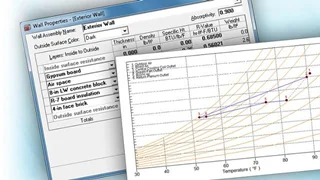
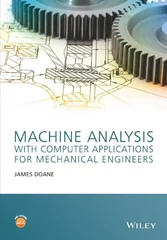


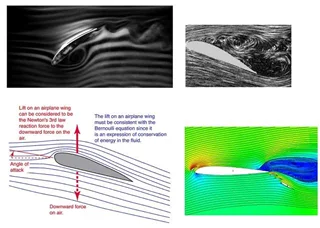
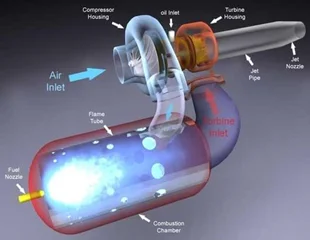
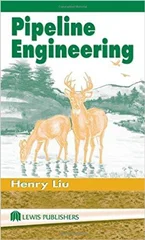
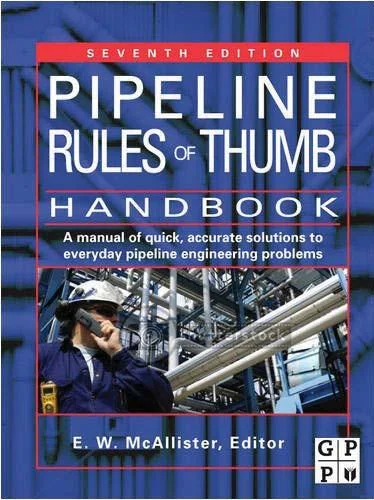

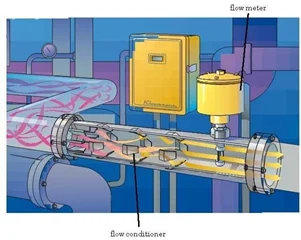
دیدگاه خود را بنویسید